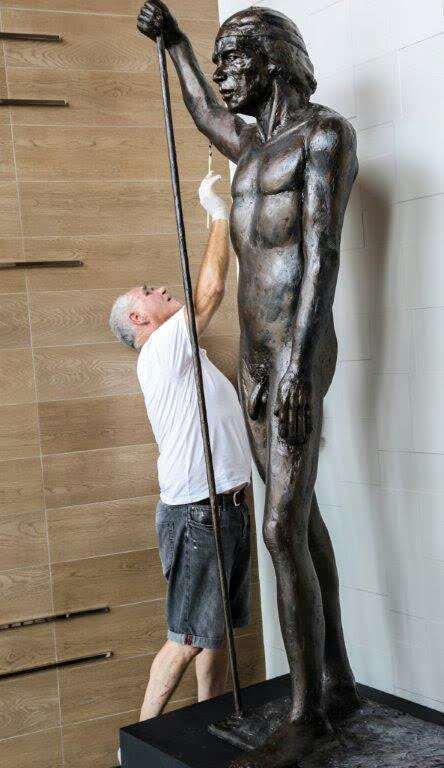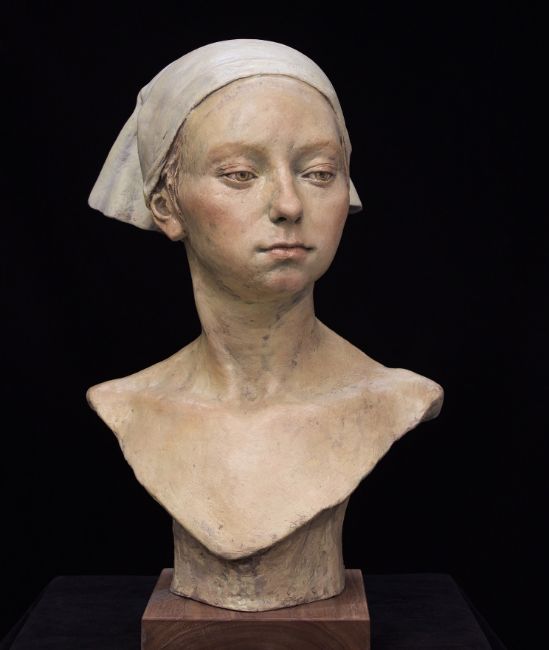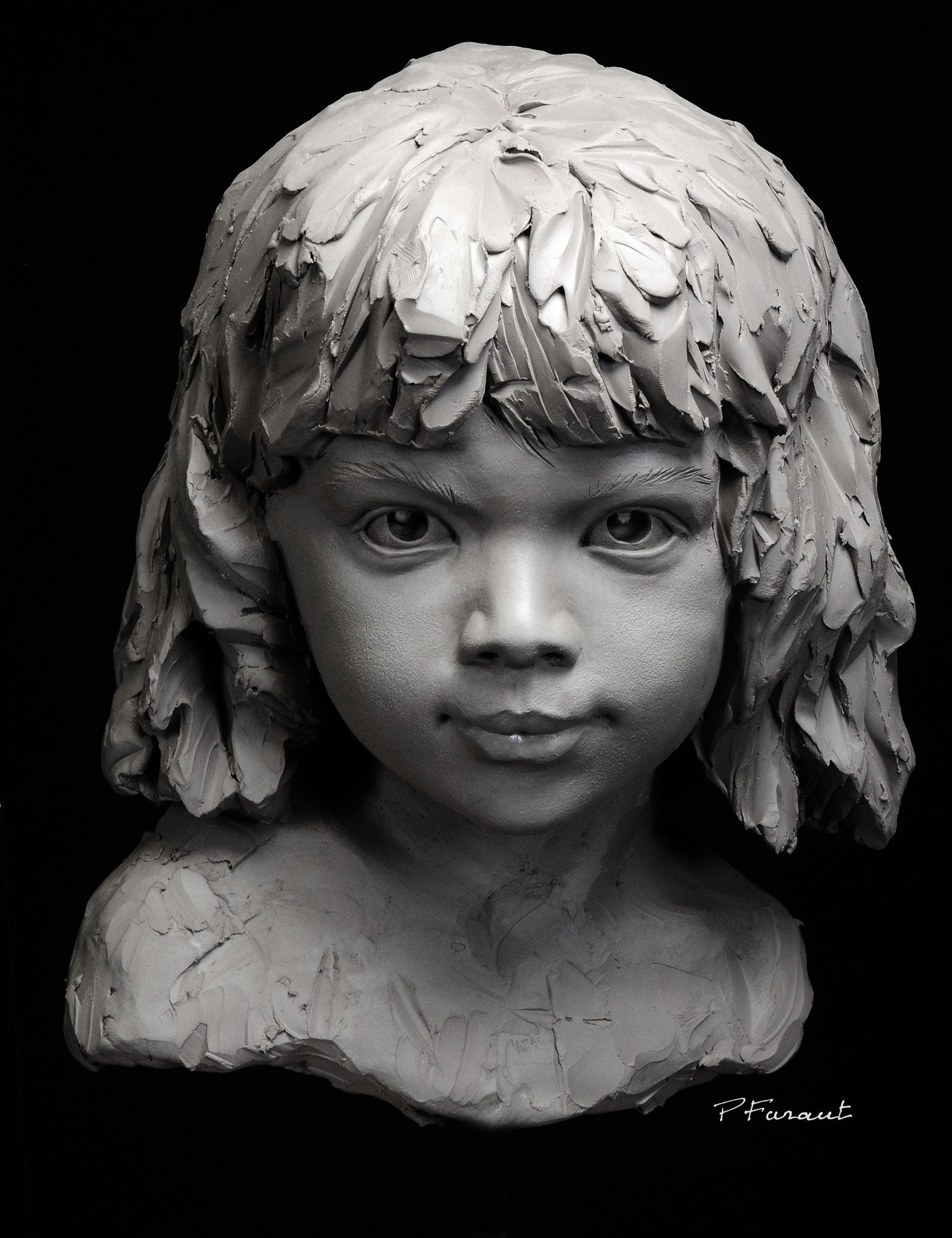The Development of Sculptures: From Old to Modern
The Evolution of Sculptures: From Ancient to Modern. Robert C Hitchcock Sculptor.
Sculpture, one of the earliest forms of art, has been an integral part of human world for centuries. From the ancient worlds of Egypt and Greece to the modern-day period, sculptures have evolved, showing adjustments in imaginative techniques, materials, and social influences. This trip with time traces the advancement of sculptures, exploring the shifts in style, subject, and creative expression.
Starting with the ancient globe, sculptures crafted from stone and later bronze captured the significance of divine beings, leaders, and daily life. The Renaissance duration observed a resurgence of classic sculpting strategies, as artists sought to mimic the stylish forms of ancient Greek and Roman sculptures (Robert C Hitchcock Sculptor). In the modern age, artists challenged traditional limits, accepting abstraction and experimentation with new products
This exploration will certainly explore the varied evolution of sculptures, disclosing the rich tapestry of imaginative expression throughout different durations and cultures.

Ancient Sculptures: From Stone to Bronze
Old sculptures transitioned from being sculpted out of stone to being cast in bronze. Stone sculptures, while impressive in their own right, were restricted by the nature of the material. Contemporary Sculptures.
The introduction of bronze as a tool for sculptures caused a transformation in creative expression. Bronze provided artists the opportunity to produce lifelike and complex forms that were not possible with rock. The procedure of casting bronze permitted the creation of multiple copies of a sculpture, allowing bigger distribution and preservation of these artistic masterpieces.
The transition from stone to bronze additionally saw a shift in the subject matter of sculptures. While rock sculptures mainly depicted gods, sirens, and mythological numbers, bronze sculptures began to show a broader series of subjects, including daily people and animals. This expansion of subject showcased the flexibility and flexibility of the bronze medium.
Renaissance Revival: Sculpting in the Classical Design
The Renaissance resurgence of sculpture saw a resurgence in the classical style, building upon the improvements made during the change from stone to bronze in ancient sculptures. During this period, artists looked for to recreate the classical visual and ideals of charm that prevailed in ancient Greek and Roman sculptures.
Among the vital features of the Renaissance revival was the emphasis on naturalism and the human form. Sculptors like Donatello and Michelangelo aim to record the physiological details and expressions of their topics with unprecedented precision. They studied the body and integrated their observations into their sculptures, leading to realistic and sensible depictions.
One more important aspect of the Renaissance resurgence was the exploration of point of view and deepness. Artists utilized methods such as contrapposto, where the weight of the body is changed away, creating a feeling of activity and dynamism. They additionally explore various products, including marble and bronze, to achieve a degree of sophistication and intricacy in their sculptures.

Modernism and the Avant-Garde: Damaging Traditional Limits
During the Innovation and Avant-Garde motions, carvers pressed the limits of standard artistic conventions. This period, which emerged in the late 19th and very early 20th centuries, saw a significant shift in the method artists came close to sculpture. Denying the idea of art as mere replica, modernist carvers sought to check out brand-new forms, materials, and concepts.
Among the vital qualities of modernist sculpture was the focus on abstraction. Carvers relocated away from practical representations and instead concentrated on catching the essence of the topic via streamlined kinds and geometric forms. This separation from conventional representation allowed artists to share their feelings and ideas in a much more personal and subjective manner.
Contemporary Sculptures: Discovering New Materials and Concepts
With a focus on exploring brand-new materials and ideas, modern sculptures have transformed the field navigate here of art. Artists today are pressing the limits of standard sculpture by making use of ingenious materials and trying out with abstract concepts. These sculptures challenge conventional ideas of form, materiality, and significance, inviting audiences to participate in a new and thought-provoking artistic experience.
Contemporary artists are welcoming a broad array of products, including plastic, glass, steel, and even natural issue. They are not restricted to the standard tool of stone or clay, permitting greater freedom of speech and trial and error. This shift towards unconventional products has actually opened new possibilities for artists to produce sculptures that are dynamic, interactive, and aesthetically striking.
In enhancement to checking out new materials, contemporary sculptures also look into facility and abstract principles. Artists are now exploring motifs such as identity, social concerns, and the environment, using sculpture as a powerful medium for social discourse and self-contemplation. These sculptures test viewers to assume seriously and involve with art on a deeper level, sparking discussions and prompting psychological reactions.
Global Impacts: Sculptural Practices From Around The Globe
Sculptural traditions from various areas of the globe have dramatically formed the advancement of sculptures throughout background. The worldwide impacts on sculpture have actually varied and have actually added to the splendor and range of artistic expressions. From the ancient civilizations of Egypt, Greece, and Rome to the complex carvings of Oriental societies, each region has established its one-of-a-kind sculptural customs that have actually affected musicians throughout time.
In ancient Egypt, sculptures were developed mainly for spiritual and funerary purposes. The renowned sculptures of pharaohs and gods, such as the Great Sphinx and the breast of Queen Nefertiti, showcase the Egyptians' mastery of rock sculpting and their idea in the immortality.

In ancient Rome, sculpture served both political and creative objectives. Roman sculptures commonly portrayed emperors, generals, and mythological numbers, mirroring the power and grandeur of the realm. The marble statue of Augustus of Prima Porta and the huge Arc of Constantine are noteworthy instances of Roman sculptural achievements.
Eastern sculptural practices, especially in India, China, and Japan, have also had an extensive impact on the advancement of sculptures. Japanese sculptures, affected by Buddhism, highlight simpleness and peace, seen in the serene statues of Buddha and the sophisticated art of bonsai.
The global influences on sculpture remain to advance in the modern age. Artists today draw motivation from numerous sculptural customs, integrating new products, techniques, and ideas to create ingenious and thought-provoking art work. The combination of various cultural impacts has generated a diverse and dynamic sculptural landscape, showing the interconnectedness of our international society. As we seek to the future, it is particular that the international influences on sculpture will certainly remain to shape and redefine this old art type.
Conclusion
Finally, the advancement of sculptures has seen a shift from ancient stone and bronze works to the timeless rebirth throughout the Renaissance. This was adhered to by the splitting of conventional borders with innovation and the avant-garde motion. Today, modern sculptures check out brand-new materials and ideas, while additionally drawing inspiration from global sculptural customs. The trip of sculptures mirrors the ever-changing imaginative expressions and cultural influences throughout background.
From the ancient human beings of Egypt and Greece to the modern era, sculptures have developed, showing changes in artistic strategies, products, and social influences.Beginning with the ancient world, sculptures crafted from stone and later on bronze captured the essence of deities, leaders, and daily life.Ancient sculptures transitioned from being carved out of stone to being cast in bronze. While stone sculptures primarily shown gods, goddesses, and mythological numbers, bronze sculptures started to mirror a more comprehensive range of topics, including daily people and pets.In final thought, the advancement of sculptures has seen a change from old rock and bronze works to the classical revival throughout the Renaissance.